No just the phone while walking around the setup at different distances
bistdunarrisch
Austria :)
More details on Telescopius: https://telescopius.com/pictures/view/231589/deep_sky/ic-1378/elephant-s-trunk/by-maxi_franzi
Thank you for your work.
As far as I understand it one of the big advantages is that every viewer simultaneously provides its download data for others to stream (peering). With this approach server capacity can be reduced but I wonder how well this works (If I even understood it correctly).
With this system could it be possible to host videos on an own server without having to pay huge sever costs?
Also what is a nice website to search through all videos, similar to the front page of YouTube?
Ha thanks!
Thank you!
Full resolution and more details: https://telescopius.com/pictures/view/226214/deep_sky/ngc-3063/bode-s-and-cigar-galaxy/by-maxi_franzi
Thank you for your nice comment!
The stripes are called walking noise/ pattern and often show up when not using a tracking mount and not using dithering.
Because not every pixel of your camera captures signal exactly equally bright you‘ll see this difference along the movement of the sky as it gets accumulated with every subframe. The only way to get rid of it is to vary the pixels for each part of the image after each exposure. This can be done by moving the camera slightly after each shot. This process is called dithering.
With good calibration frames the pattern can by minimized very slightly. Other than that the only real option for processing I can think of is to hide the pattern by not stretching the dark ares too much.
Other than that great image!
I didn't check but would guess right about one hour. Plus ~30min registration. Normally I just start the process and leave my laptop and come back later, so I don't know for sure.





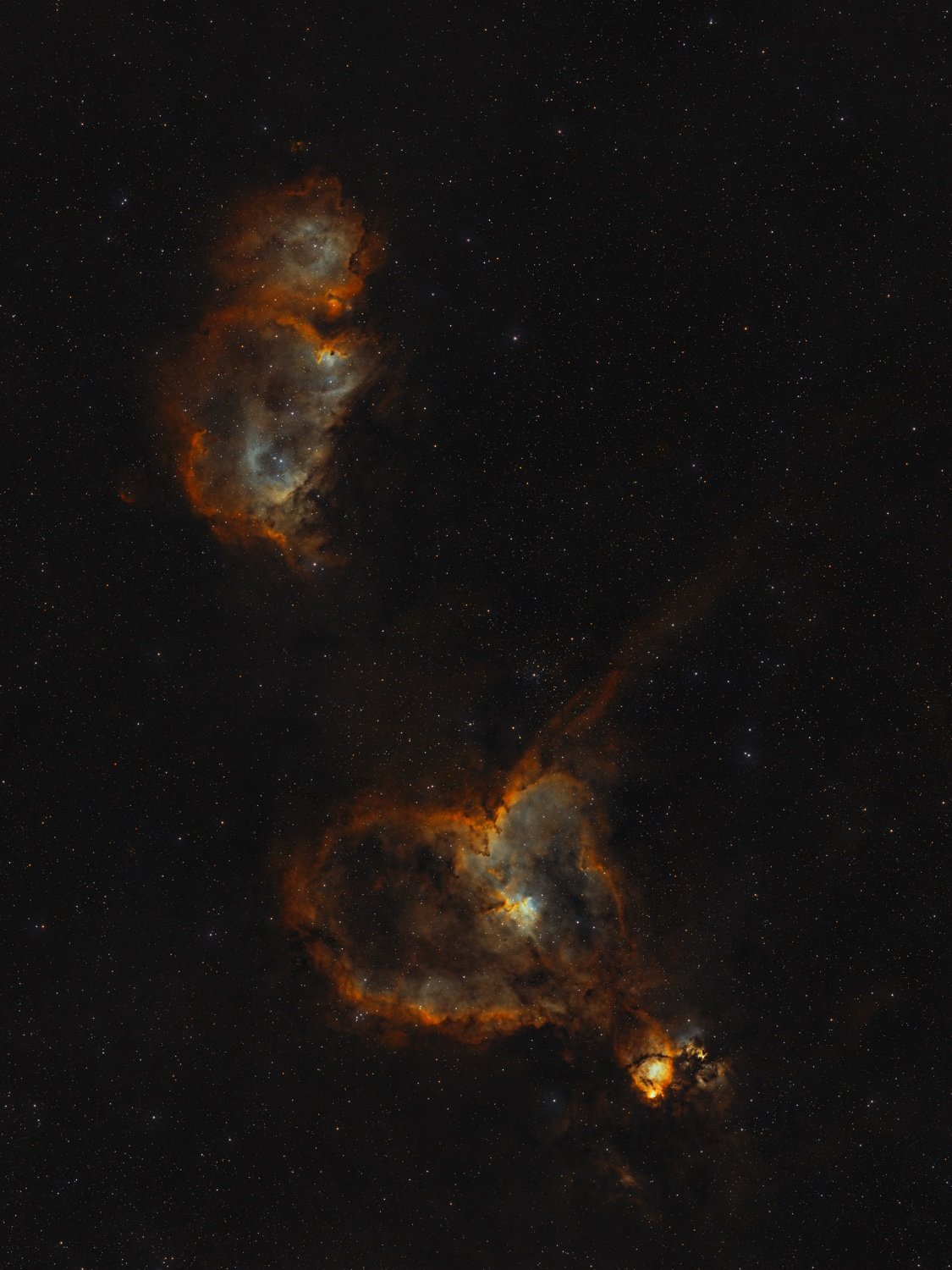
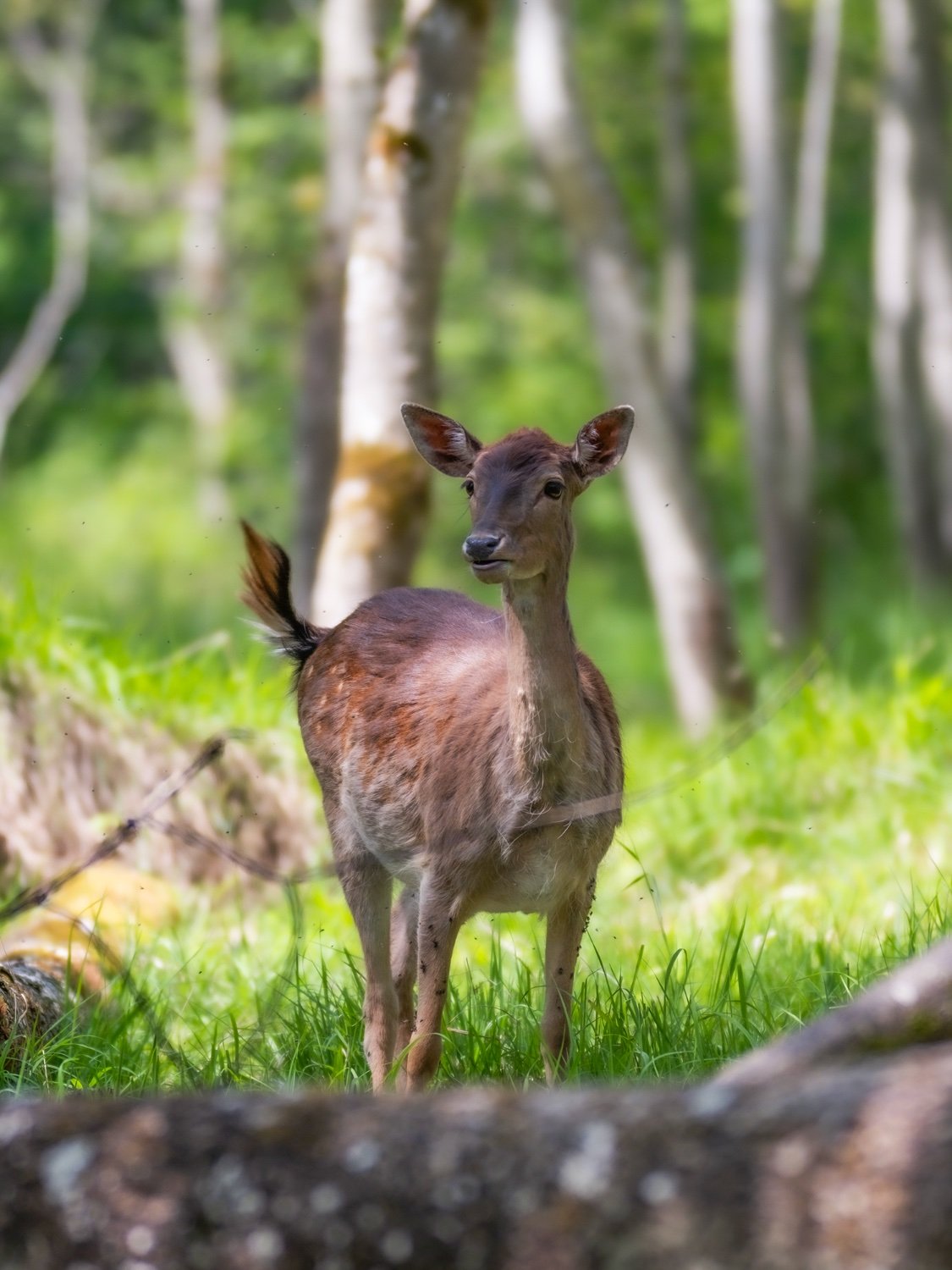


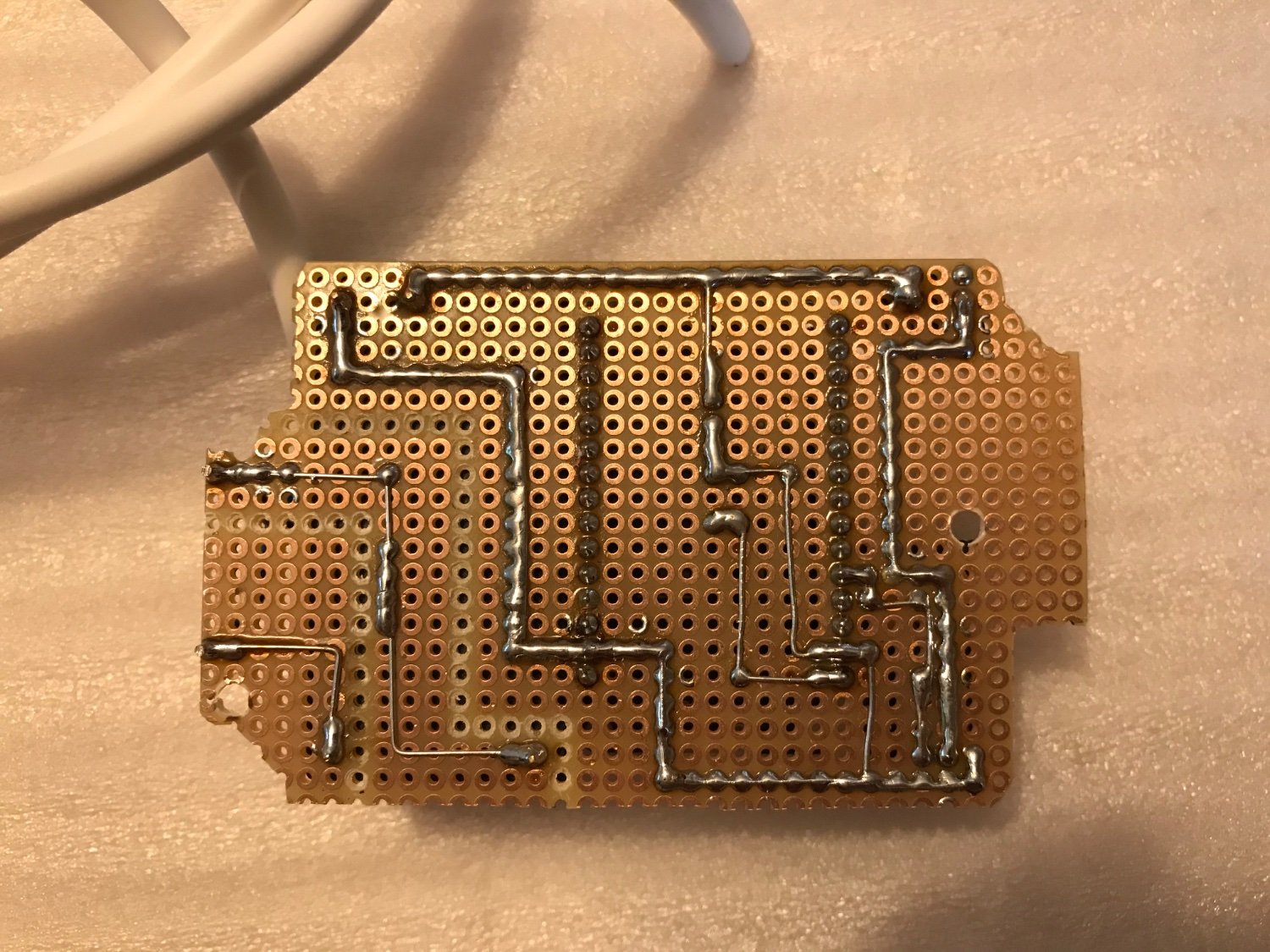



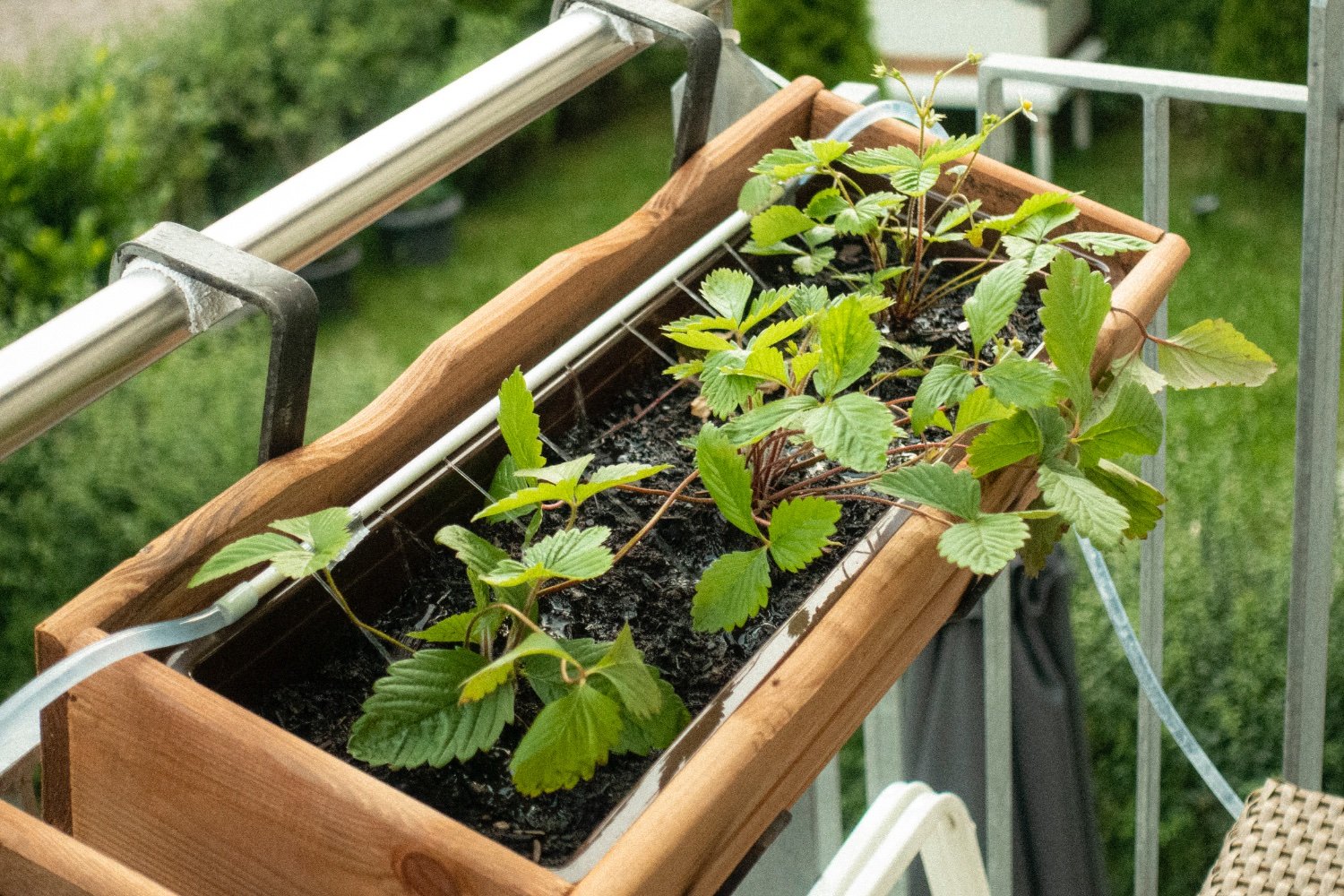
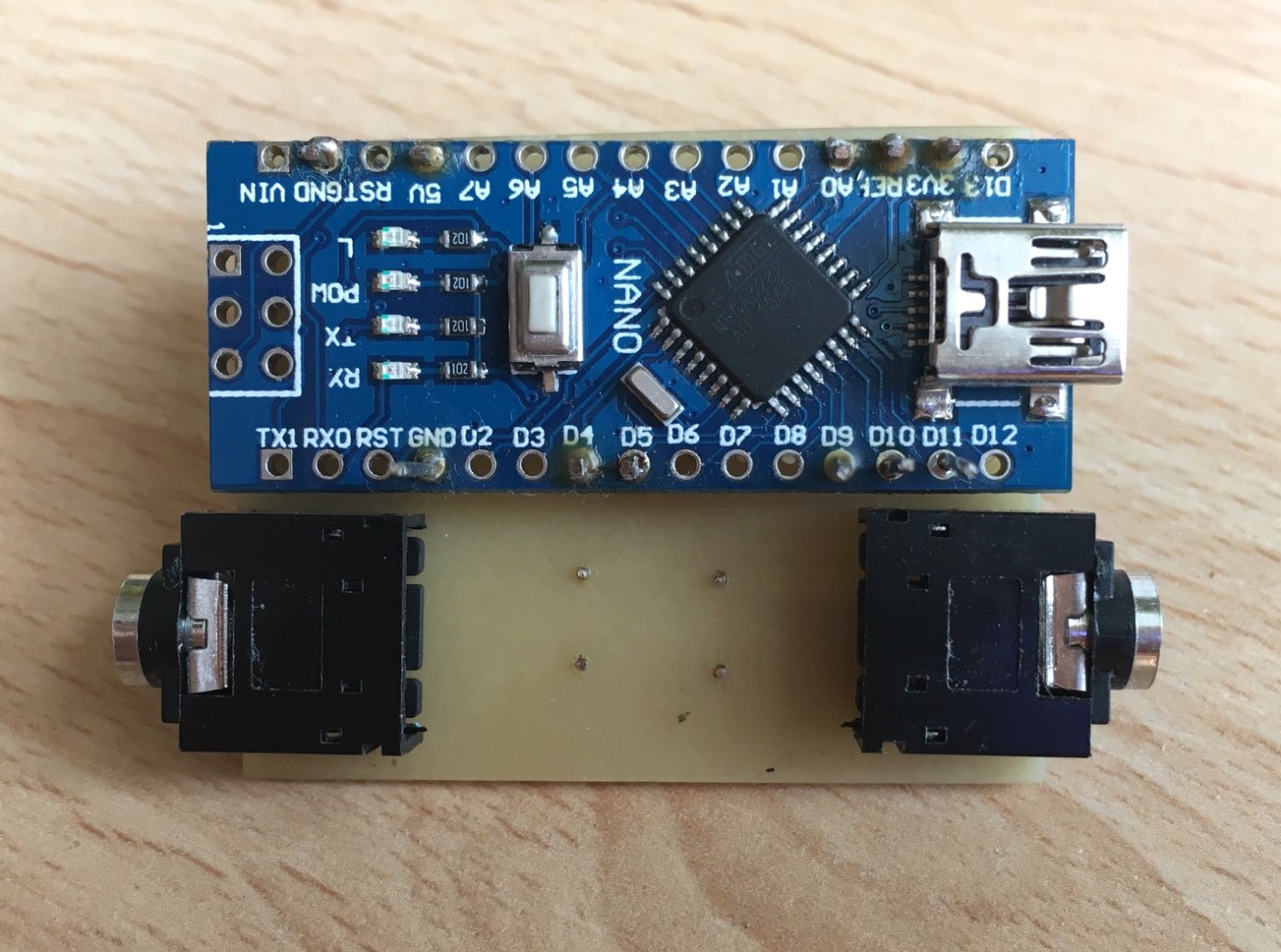
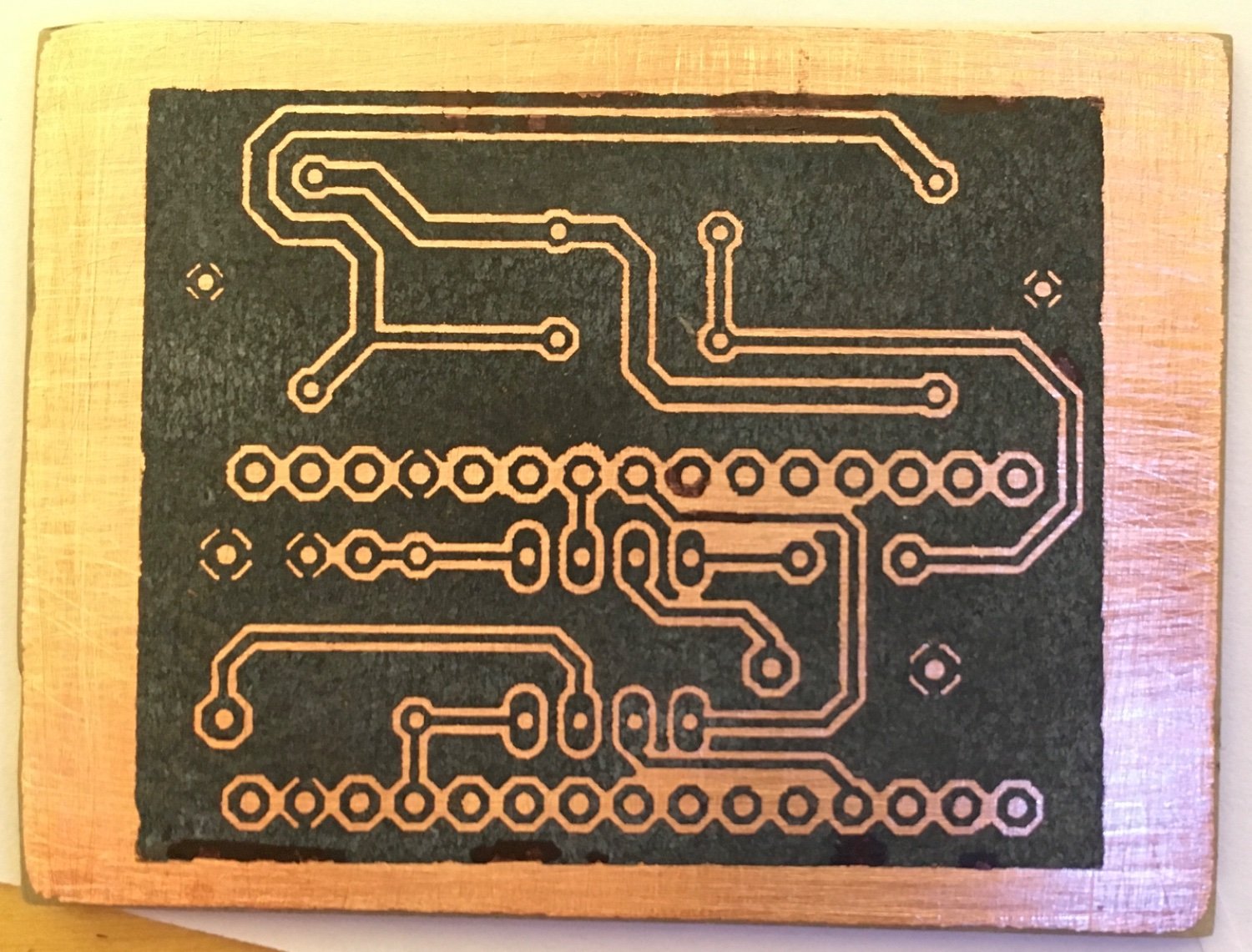
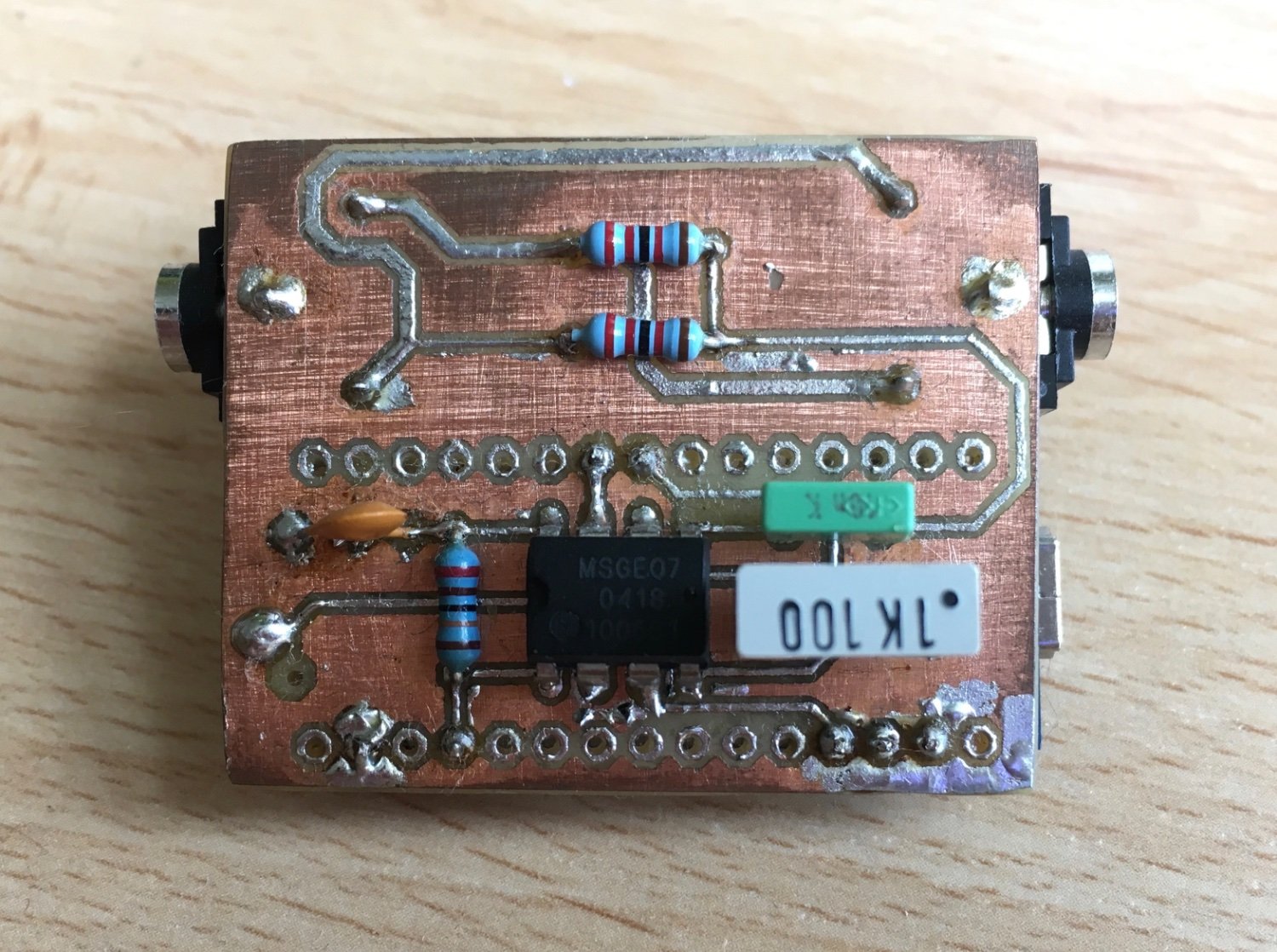
Sadly my lens has not perfect back focus, since I‘m using a system camera there is nothing I can change about that. The effect is a little bit compensated with using BlurXTerminator.
The image is cropped a quite a bit, the aspect ratio is still 4:3 however.